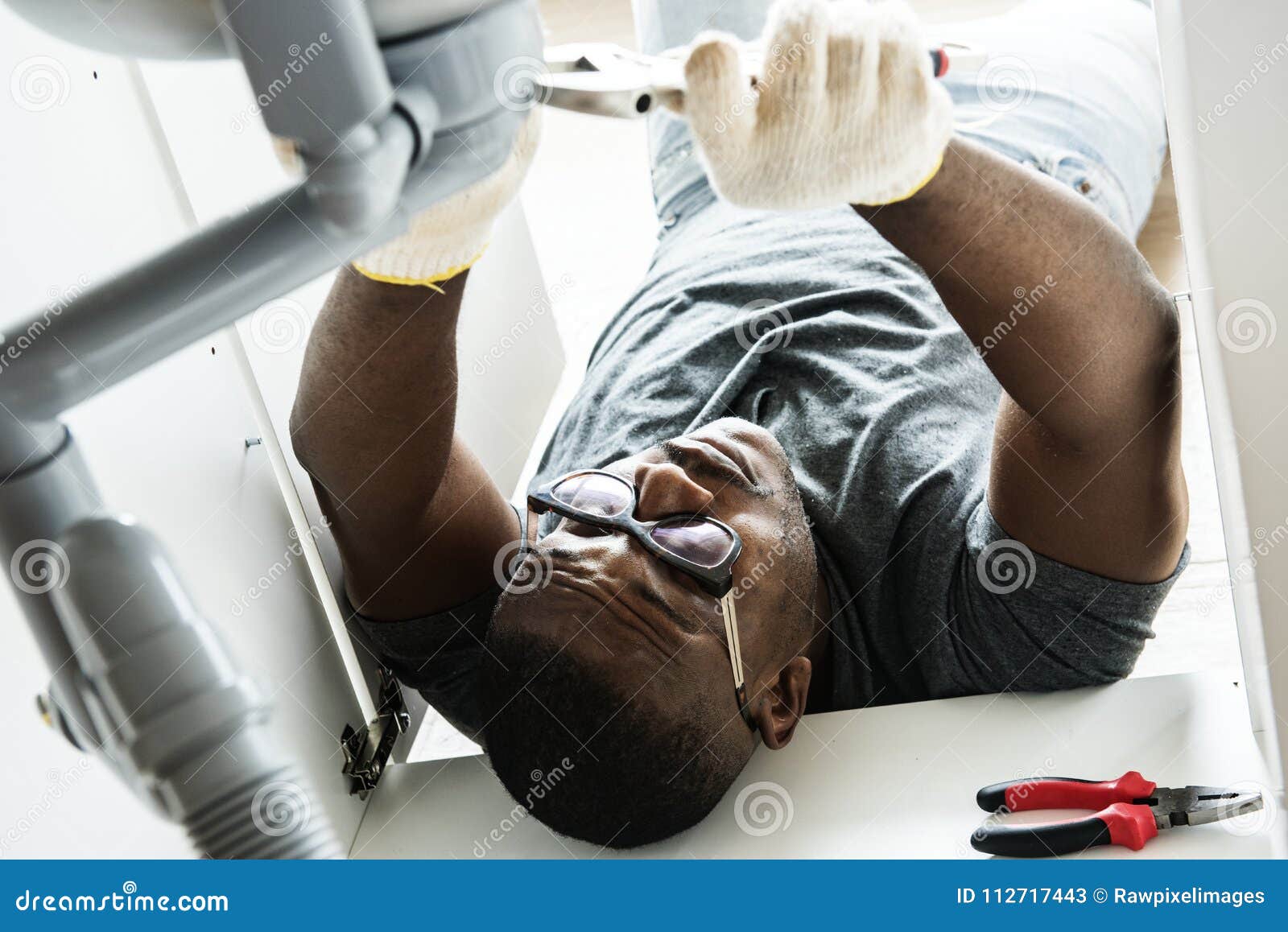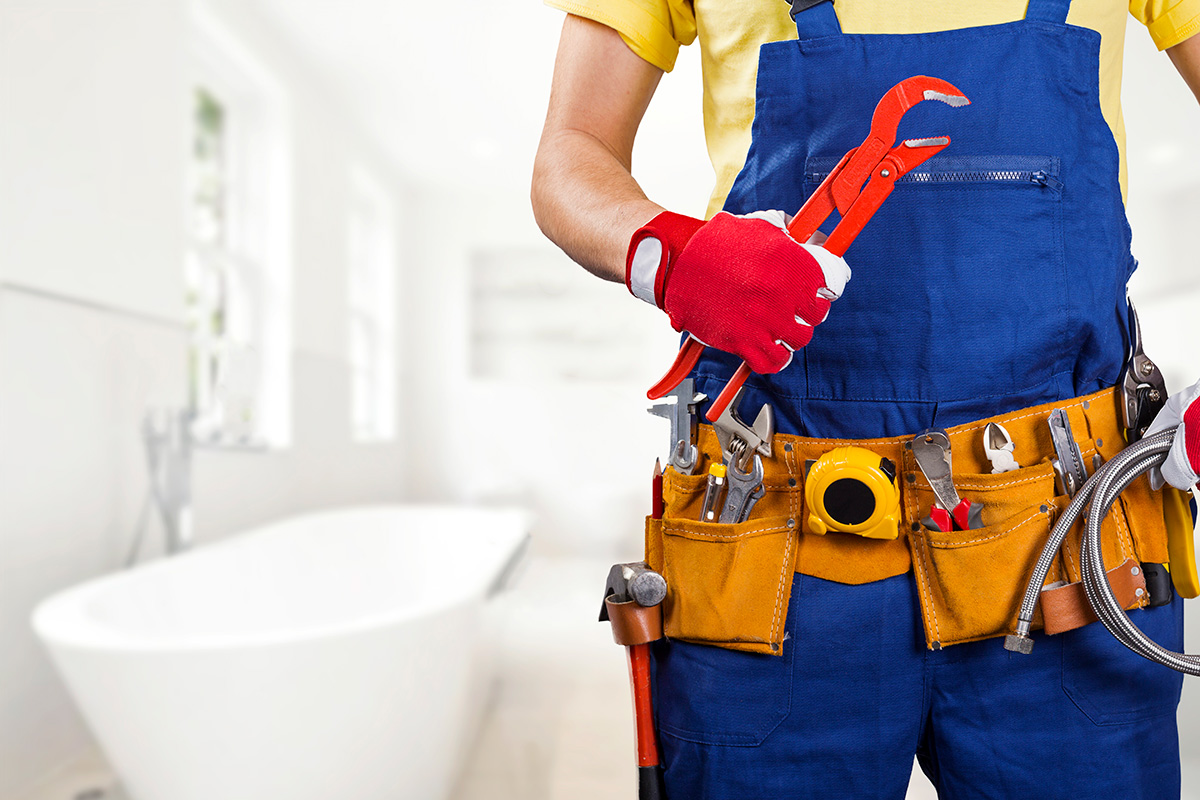Important Plumbing Alabaster AL Tips for Homeowners
Important Plumbing Alabaster AL Tips for Homeowners
Blog Article
A Step-by-Step Guide to Effective Hot Water Heater Installment for Ideal Performance
Embarking on the job of setting up a water heating system is a venture that demands precision and a methodical approach for accomplishing optimum performance. As you continue, the complexities of attaching water supply lines and setting up trusted electrical or gas connections wait for, promising insights right into making sure performance and reliability.
Selecting the Right Hot Water Heater

Next, think about the dimension and capacity of the hot water heater. It's essential to assess your family's warm water demands, which can vary based on the variety of occupants and their use patterns. An unit that's too little might bring about insufficient hot water, while a large version could cause unnecessary energy usage.
Effectiveness rankings also play an essential duty in selection. Search for hot water heater with high Energy Element (EF) scores, suggesting remarkable efficiency and lowered power use. Tankless versions, though commonly much more expensive ahead of time, offer substantial energy savings in time due to their on-demand heating capabilities.
Preparing the Installation Area
Prior to setting up a new water heating system, precise prep work of the setup location is vital. It's essential to gauge the area meticulously to fit the water heater's measurements, ensuring sufficient clearance around the unit for reliable operation and maintenance.
Next, eliminate any kind of debris, dirt, or obstructions from the site to produce a tidy environment. Check the floor for security, as the water heating system will need a solid, degree surface area to run efficiently. If needed, mount a drip frying pan beneath the unit to catch prospective leakages or spills, protecting against water damage to the surrounding area. In regions susceptible to seismic activity, think about mounting seismic bands to safeguard the heating system firmly in place.
Furthermore, ensure that all needed devices and products get on hand before starting the installment. This consists of things such as wrenches, screwdrivers, a level, and any additional hardware needed for protecting the heating unit and installing. A well-prepared installation area establishes the structure for an effective hot water heater configuration, optimizing performance and safety and security.
Connecting Water Lines
When linking water system lines to your recently installed water heating system, it is crucial to make certain that all links are leak-free and safe to maintain efficient procedure and avoid water damage. Begin by recognizing the chilly and hot supply of water lines. The cold water inlet is typically noted with a blue label or a "C", while the warm water outlet is noted with a red label or an "H".
Usage flexible water heating unit adapters to facilitate a much easier installment process. Before connecting the adapters, put why not find out more a plumber's tape around the threaded ends of the water heater's inlet and outlet pipelines.
As soon as links are in place, slowly switch on the major water supply valve. Examine each link for leakages by aesthetically checking and feeling for wetness. Tighten up links as essential, and make certain the pressure relief valve is correctly installed, securing versus too much stress accumulation.
Establishing Up Electric or Gas Links
Effectively establishing up the electric or gas links for your water heating system is an important action to make sure secure and reliable operation. For electric hot water heater, start by validating that the electric circuit works with the heating unit's voltage and amperage demands. Make sure the power supply is switched off at the circuit breaker to stop accidents. Connect the electric cables to the heating unit following the manufacturer's circuitry diagram. Commonly, this entails linking the ground wire to the green terminal, and the continuing to be cables to their matching terminals, securing each with cord nuts.
For gas water heaters, security is paramount. Connect the gas line to the water heating system making use of a flexible gas connector, ensuring it is properly threaded and secured with pipeline joint substance or Teflon tape appropriate for gas links.
As soon as connections are made, evaluate for any prospective leakages. For gas lines, use a soapy water remedy to the joints; bubbles show a leak. For electrical links, confirm that all electrical wiring is secure and appropriately shielded, useful source maintaining conformity with neighborhood electrical codes.
Evaluating and Changing for Efficiency
With the electrical and gas connections firmly in area, the next step is evaluating the functional effectiveness of your water heating unit. Begin by meticulously turning on the water supply and making certain there are no leakages at any of the joints or valves.
Next, carry out a complete assessment to make sure the heating elements or burner are operating properly. For electrical heating systems, make use of a multimeter to confirm if the elements are attracting the ideal present. In gas models, observe the heater fire; it ought to be constant and blue, showing effective combustion.
Readjust the settings as necessary to remove ineffectiveness. Consider applying insulation procedures, such as adding a water heating system blanket, to further enhance efficiency by reducing warmth loss. Furthermore, check the anode pole's condition, as a tatty rod can reduce performance and result in container rust.
Final Thought
Reliable water heater installation is vital for ensuring optimum performance and energy savings. Safely linking water supply lines and very carefully establishing up electric or gas links minimize potential issues.

Effectively establishing up the electric or gas connections for your water heating unit is a crucial step to make sure efficient and safe operation. For electric water heaters, begin by confirming that the electrical circuit is compatible with the heating unit's voltage and amperage demands. Attach the gas line to the water heating system making use of an adaptable gas adapter, guaranteeing it is properly threaded and sealed with pipe joint substance or Teflon tape suitable for gas connections.
Report this page